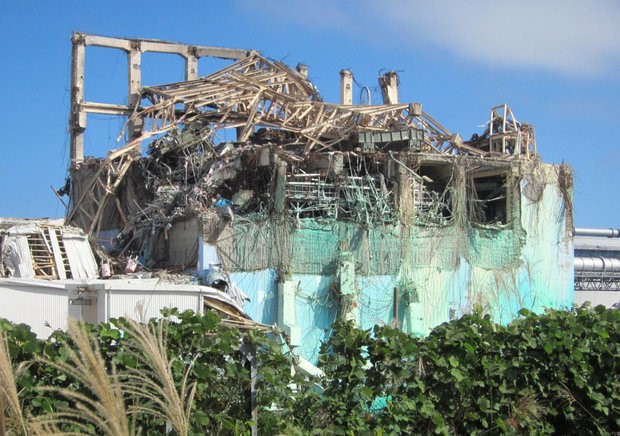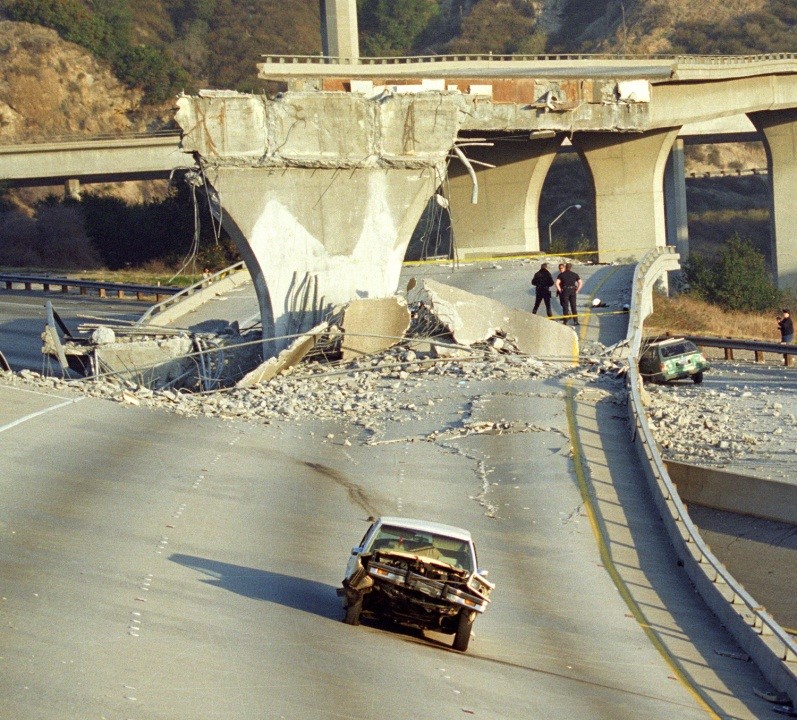TWI Report #1 claimed that all infrastructure defects and all infrastructure failures there have ever been (and ever will be) can be divided into the following three categories: old age, day-one defects, and subsequent damage. This report will address subsequent damages from my experience.
Subsequent damages can be further divided into the following categories: (1) Someone damaged the infrastructure at some time after its initial installation; (2) Someone failed to provide the required industry-standard maintenance; and (3) The damage was caused by a natural event such as an earthquake, tsunami, landslide, storm, or fire.
Although these are subsequent damages from the past, this is not about the past. The fact is, public infrastructure is being damaged today, unless the public agency has an effective program to protect and maintain it.
Damaging the Infrastructure
Public agencies waste billions of dollars installing infrastructure, then damaging it sometime later, or allowing someone else to damage it.
Here are some of the common examples of how this happens:
- Tunneling under an existing pipe to install a new utility, then failing to provide proper compaction, or flowable fill, between the two utilities.
- Installing a new utility above an existing pipe and crushing the existing pipe by using excessive compaction energy.
- Non-standard construction techniques for constructing sewer service connections, such as the hammer-tap method.
- Using excessive jetting pressures during pipe cleaning, which blasts holes through the pipe.
- Drilling through the side of an existing utility while installing a new utility, using horizontal directional drilling. This is shown in Photo #1a.
- Rodding too far downstream to clean out a service lateral pipe, which can punch holes in the far side of the sewer main where the rod enters the main.
- Constructing a new utility in a parallel trench beside the existing pipe which increases the backfill loading on the existing pipe and changes the resultant direction of loading as well.
- Removing the backfill from only one side of a manhole to make another connection. The manhole may tilt as a result of uneven loading, which can shear off the connecting pipes.
- Using flexible connectors to repair broken pipes, which increases the offsetting of joints after pipe settlement. This is shown in Photo #1b.
- Poking holes in existing water and wastewater pipes while excavating for the installation of a new utility.
- Bleeding all the air out of hydro-pneumatic pressure tanks which causes the pump to cycle repeatedly and can burn out the motor.

Photo #1a: Crossbore: Punching through an existing pipe while installing a new utility, using horizontal directional drilling.

Photo #1b: Using flexible connectors to repair broken pipe increases the offsetting of joints after pipe deflection and settlement.
Failing to Maintain the Infrastructure
Many politicians can be seen in staged photographs strutting around with scissors cutting ribbons. They frequently pretend they did some work by turning over a few ounces of soil for the cameras. But operating and maintaining something which already exists will not make you a rich and famous politician. Some politicians are not interested in maintenance because it does not contribute anything to their micro-management power-trip. In addition, any work which happens below ground is more difficult to brag about. This is the main reason why buried public infrastructure gets neglected.

Photo #2: A structural evaluation determined that this welded steel reservoir was not cost-effective to repair due to excessive corrosion caused by many years of neglect. Instead, a new reservoir was constructed next to it.
There is no such thing as zero-maintenance infrastructure, although some buried infrastructure comes close. The best infrastructure is usually that which requires the least amount of maintenance. Some public works officials appear to think that the best response to failing infrastructure is to blame it on aging infrastructure and purchase more asset management software. That is not likely to solve this particular problem.
Regardless of how little maintenance the public works department can get away with, the fact is that there are written industry-standards for maintaining every type of infrastructure. Public works officials are aware of these standards, yet it is cheaper and more politically-correct to ignore them in the short run. Any reasonable observer of this situation would ask: how was that ever supposed to work?
So how were the following maintenance failures ever supposed to work?:
- Failing to enforce pre-treatment ordinances, which results in all kinds of damaging substances being sent through the sewers.
- Failing to periodically exercise water and wastewater valves, which results in them rusting in the position they were in so that they cannot be operated when needed.
- Failing to properly lubricate pumps, motors, and other equipment which requires lubrication.
- Failing to seal pavement cracks which significantly reduces the life of the pavement.
- Failing to recoat water reservoirs or other steel structures which accelerates corrosion, as shown on Photo #2.
Damaged from a Natural Event
Earthquakes, tsunamis, fires, floods, tornadoes, volcanoes, and landslides all cause a significant amount of damage to infrastructure. In many cases, the magnitude of the event was specifically predicted and the accepted design procedures would have been adequate, but the design failed to account for it. Therefore, the failure cannot be blamed on a natural event. That is more of a day-one defect and the subject of other TWI reports.
In other cases, the magnitude of the event exceeded the standard which the infrastructure should have been designed for. In that case, it is time to implement emergency procedures, then clean up the mess. However, lets make sure the damage is correctly categorized. If the magnitude of the event should have been predicted, then all infrastructure designed after that time should have been able to safely accommodate that magnitude of event.

Photo #3a: Fukushima Daiichi Unit #3 in Japan suffered a catastrophic melt-down and explosion in March 2011. The Tsunami would be entirely responsible for the damage as long as there were no design or operational errors involved. That question can be researched elsewhere.

Photo #3b: This damage to the Newhall Pass I-5 Interchange was caused by the Northridge, CA Earthquake of January 1994. It seems reasonable that the earthquake was the most proximate cause, although there were also some design issues identified and corrected in many Caltrans bridges as a result of this span failure.
Admit the Truth
No person or process is ever going to be perfect. However, that is not an excuse for blaming the defects and failures on aging infrastructure, if they were actually caused by subsequent damage.
Until we admit the truth, there will be little improvement toward reducing subsequent damages and correcting this egregious waste of public infrastructure.
For a PDF of this report, click here.

Thanks for finally talking about >Identifying Subsequent
Damages – Water Investigator <Loved it!
Like!! Thank you for publishing this awesome article.